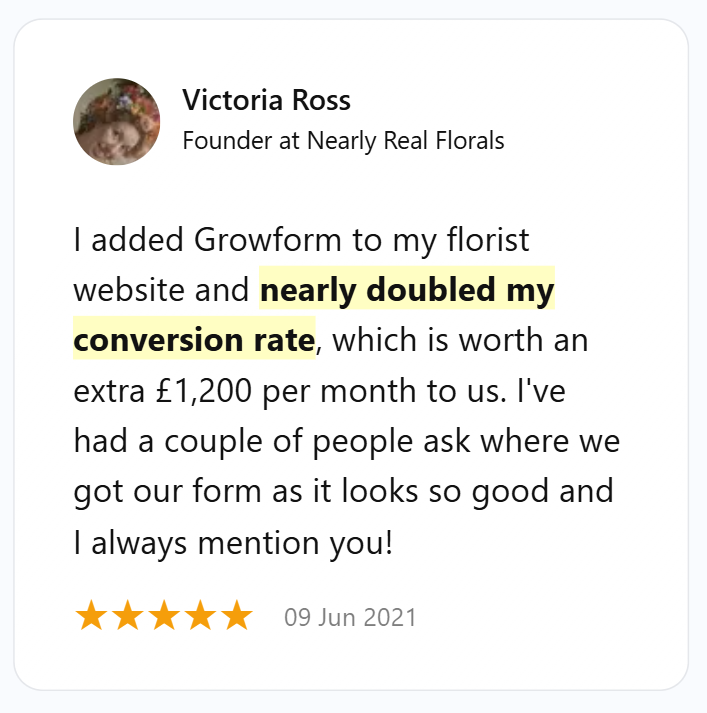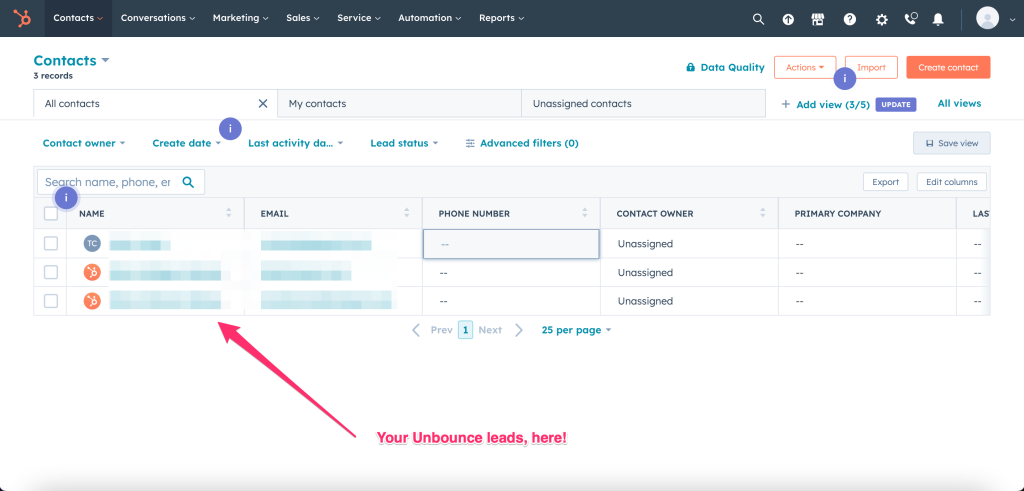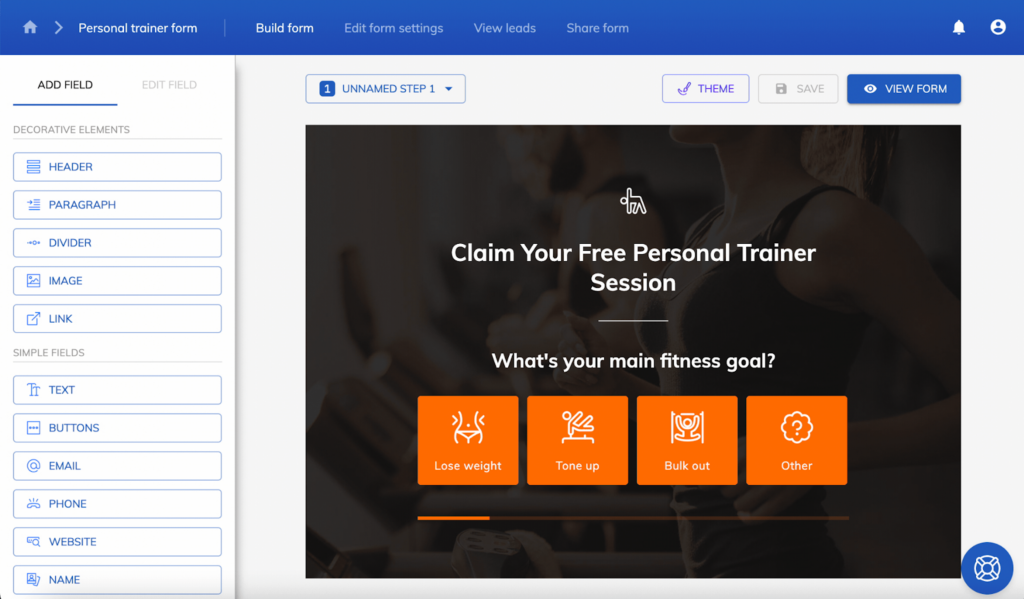Pipeline Stages
« Back to Glossary IndexQuick Summary
Pipeline stages are the building blocks of a sales funnel, helping guide prospects from their first interaction all the way to becoming customers. By understanding and fine-tuning each stage, you can boost sales efficiency and manage leads more effectively. In this article, we’ll walk you through the key pipeline stages, share tips for nurturing leads at every step, and show how automation tools can make the process smoother. Check out our blog to dive deeper into lead generation strategies.
Optimize Your Sales Pipeline for Higher Conversions
A well-structured pipeline is the backbone of a successful sales process, ensuring that leads move seamlessly from initial awareness to final conversion. It provides a clear framework to track and manage prospects, preventing bottlenecks and confusion. Without clearly defined pipeline stages, businesses run the risk of losing valuable opportunities due to disorganization, delayed follow-ups, or missed chances to connect with potential customers at the right moment.
In this Growform guide, we’ll take a detailed look at the key pipeline stages, explaining their role in driving sales success. We’ll also explore how each stage impacts your overall performance and provide actionable strategies to refine and optimize every phase of the pipeline.
By gaining a better understanding of your sales process, you can improve efficiency, close deals faster, and ultimately grow your business more effectively.
Why Listen to Us?
At Growform, we specialize in helping businesses optimize their lead management processes through intuitive, high-converting forms. Our multi-step forms, conditional logic, and CRM integrations streamline lead capture and qualification, ensuring prospects move efficiently through the sales pipeline.

Clients using Growform have seen improved lead progression and higher conversion rates by eliminating friction in the early pipeline stages. With seamless automation and real-time data syncing, we help businesses nurture leads more effectively and close deals faster.
What Are Pipeline Stages?
Pipeline stages are the steps that guide leads through your sales process, from first hearing about your product or service all the way to closing the deal. Think of them as a roadmap that helps sales teams stay on top of prospects and make sure no opportunities are missed. Each stage shows how interested and engaged a prospect is, making it easier to adjust your approach and connect with them at the right time.
Key functions of pipeline stages include:
- Lead Organization: By categorizing prospects based on their position in the sales funnel—whether they are new leads, qualified prospects, or near closing—sales teams can prioritize efforts and allocate resources more effectively. This structure keeps the sales process streamlined and ensures every lead is handled appropriately.
- Sales Forecasting: Pipeline stages allow businesses to estimate future revenue by analyzing the number of leads at each stage and their likelihood of converting. This data helps in creating accurate projections, setting realistic goals, and making informed decisions to steer the business forward.
- Process Optimization: By breaking the sales process into clear, manageable stages, it becomes easier to spot bottlenecks or inefficiencies. For instance, if many leads are getting stuck at the negotiation stage, it may signal a need to refine pricing strategies or offer better sales training. Optimizing these stages can lead to improved conversion rates and a smoother sales workflow.
A well-defined pipeline helps you prioritize efforts, nurture leads effectively, and close deals with greater efficiency.
Pipeline Stages vs. Sales Funnel
While pipeline stages and the sales funnel are closely related, they serve different functions in the sales process. Here are three key differences:
- Perspective: The sales funnel represents the customer’s journey, while pipeline stages focus on internal sales team processes.
- Scope: A sales funnel includes all marketing and sales activities, whereas pipeline stages primarily track the steps a lead takes within the sales cycle.
- Measurement: The funnel measures overall conversion rates, while the pipeline helps forecast revenue based on active deals.
By understanding both concepts, you can align marketing and sales strategies to maximize conversions.
Key Stages of a Sales Pipeline
A well-defined sales pipeline consists of structured stages that guide leads from initial contact to final conversion. Here are the essential pipeline stages:
- Lead Generation: This is the first stage where potential customers express interest in a product or service. Businesses use lead capture forms, ads, and content marketing to attract prospects.
- Lead Qualification: Not all leads are sales-ready. At this stage, leads are assessed based on factors like budget, need, and decision-making authority to determine if they are a good fit.
- Initial Contact: The sales team reaches out to the lead via email, phone, or social media to establish a connection, introduce the offering, and gauge interest.
- Needs Assessment & Proposal: Sales representatives engage with the prospect to understand their needs, present a tailored solution, and provide pricing or service details.
- Negotiation & Commitment: The prospect evaluates the offer, and discussions may involve pricing adjustments, contract terms, or additional customization before a decision is made.
- Closing the Deal: The prospect becomes a paying customer by signing the contract, completing the payment, or officially agreeing to the service.
- Post-Sale & Retention: After the sale, businesses focus on onboarding, customer support, and long-term relationship management to increase satisfaction and encourage repeat business.
How to Optimize Each Pipeline Stage
To boost efficiency and increase conversions, you can fine-tune every step of your pipeline with smart strategies and automation tools. From capturing leads to keeping customers happy, a well-organized pipeline helps prospects glide through each stage smoothly, leading to better sales and happier customers.
1. Improve Lead Capture & Qualification
A strong pipeline begins with attracting and qualifying high-quality leads. If you don’t optimize the initial stages, you risk wasting time and resources on unqualified prospects. One effective strategy is using multi-step forms to break long, intimidating forms into smaller, manageable sections. This approach reduces friction and increases form completion rates.
Once your leads are captured, lead scoring helps prioritize the most promising prospects by assigning values based on engagement and intent.
For example, a lead who downloads a whitepaper and requests a demo should be ranked higher than one who only visits a landing page. Additionally, conditional logic can dynamically adjust form fields based on user responses, ensuring that only relevant information is collected, improving data accuracy, and reducing drop-offs.
By fine-tuning these elements, you can ensure a steady flow of well-qualified leads entering the pipeline.
2. Automate Follow-Ups & Engagement
Timely and consistent follow-ups are key to keeping your leads interested and avoiding a stalled pipeline. Without proper engagement, even the best leads can lose interest and head to a competitor. That’s where automated email workflows come in handy—they can send quick confirmation messages, next-step instructions, appointment reminders, or even personalized follow-ups based on what your leads are doing.
To make things even smoother, it’s a good idea to sync your lead data with CRM systems. This keeps everything connected between marketing and sales, eliminates the hassle of manual data entry, and lets your team track leads in real time.

And don’t forget about AI-powered chatbots or virtual assistants—these tools can jump in to answer questions, engage prospects, and guide them toward a purchase decision, even when your team is off the clock.
3. Streamline the Sales Process
Want to close deals faster? It’s all about cutting out inefficiencies and reducing the manual tasks that slow things down. A big culprit in many sales pipelines is the proposal and contract signing process. With e-signature tools, customers can review and sign documents digitally in just minutes—no more waiting around for days.
Another game-changer is using centralized deal tracking. Pipeline visualization tools let your team easily monitor progress, spot bottlenecks, and forecast revenue more accurately. Forget messy spreadsheets or scattered updates—get real-time insights on where your deals stand and what needs to happen next.
And if your business offers customized pricing, form-based pricing calculators can handle those tricky calculations for you. Prospects get instant quotes, and you speed up decision-making on both sides. By digitizing and automating these key sales tasks, you can close deals faster and keep your sales process running smoothly.
4. Enhance Customer Onboarding & Retention
A smooth post-sale experience is just as important as closing the deal—it’s what keeps customers happy, loyal, and coming back for more. Automated welcome sequences are a great way to help new customers get started by walking them through setup, best practices, and key features of your product or service. These sequences ensure customers get the support they need without your team having to send manual follow-ups.
Beyond onboarding, you can boost retention by using behavioral data to send personalized product recommendations or relevant updates. For example, an e-commerce platform might suggest complementary products based on past purchases, while a SaaS company could highlight advanced features based on how a customer is using the product.
Keeping an eye on customer health scores is another smart move—it helps you spot at-risk customers before they churn. By tracking things like usage patterns, engagement, and support requests, you can reach out proactively to offer help and tailored solutions.
This kind of proactive care strengthens relationships, leading to happier customers, higher lifetime value, and more repeat business.
Optimize Your Sales Pipeline for Better Conversions
A well-structured sales pipeline ensures smooth lead progression, efficient deal tracking, and higher conversion rates. By understanding and refining each stage—from lead generation to post-sale retention—businesses can close more deals and maximize revenue.

Fortunately, Growform simplifies lead management with multi-step forms, conditional logic, and seamless CRM integrations, ensuring a steady flow of high-quality leads through the pipeline.
Start optimizing your sales pipeline with a 14-day free trial of Growform today!
Recent Posts
- 6 Essential Mobile Form Design Best Practices for Higher Conversions
- We Review the Best B2B Lead Generation Tools to Supercharge Your Campaigns
- Typeform Pricing: Uncover Hidden Costs & a Better Alternative
- How to Optimize B2B Lead Scoring for Faster Sales Closures
- Here Are the Best Google Forms Alternatives for More Efficient Data Collection
